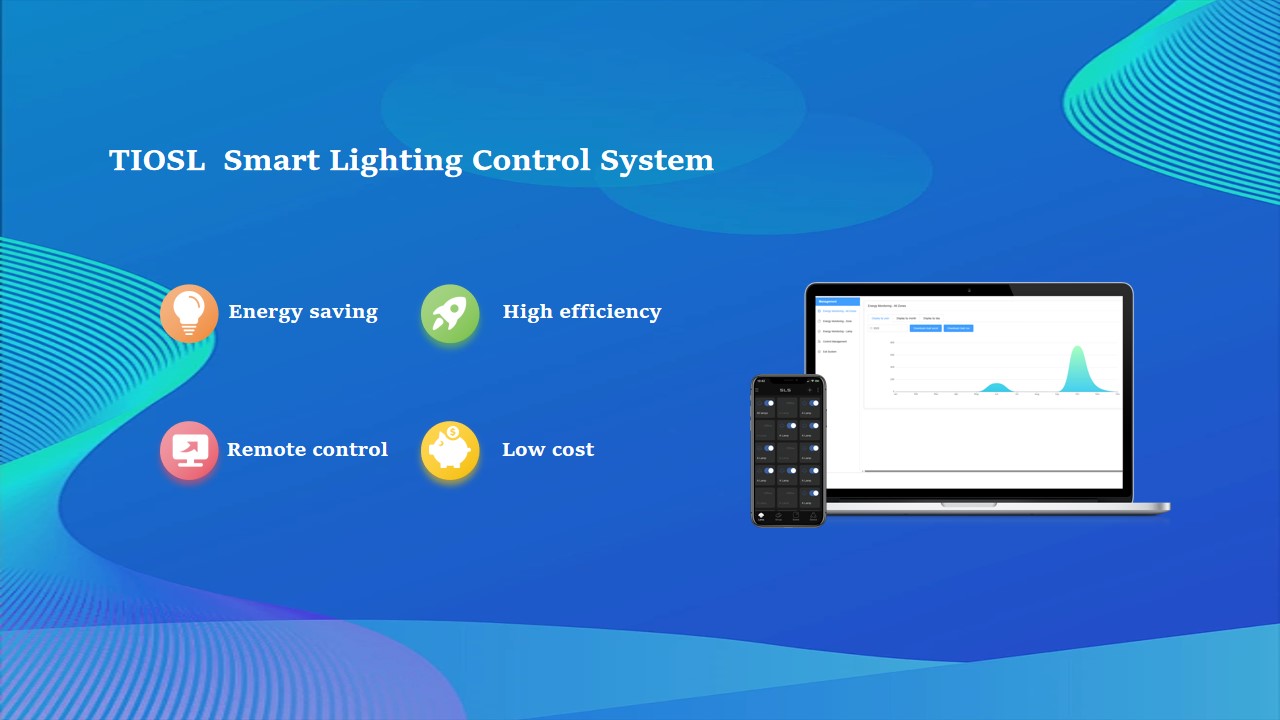Time:2024-03-26 Views:1

A Smart Lighting Control System is a technology-driven solution designed to manage illumination across different environments, such as residential areas, commercial spaces, or industrial setups. This system is a key component of building management systems, offering enhanced energy efficiency, improved comfort, better security, and a more intuitive user experience. The development trend of the next generation of LED lighting can be more energy-saving and efficient.
Automated Control: Lights can be programmed to turn on and off based on specific conditions, such as time of day, occupancy, or even ambient light levels.
Remote Access: Users can control lighting remotely using a smartphone, tablet, or computer, allowing for adjustments even when they're away from home or the office.
Energy Efficiency: Smart systems can significantly reduce energy consumption by adjusting the intensity of light based on the natural light available or ensuring lights are off when rooms are unoccupied.
Customization: Users can create ambiance settings for different occasions, adjusting brightness and color temperature to suit specific moods or activities.
Integration: These systems can integrate with other home automation systems, providing a cohesive control over various aspects of the home environment, including heating, ventilation, and security systems.
Energy Savings: By optimizing light usage, smart lighting systems can lead to substantial energy savings, reducing utility bills and environmental impact.
Enhanced Comfort: Adjusting lighting based on activity or time of day can improve comfort and productivity, making spaces more livable and workable.
Convenience: Automated settings and remote control options offer unparalleled convenience, allowing users to manage lighting without manual adjustments.
Security: Programmable lighting can simulate occupancy when no one is home, deterring potential intruders and adding an extra layer of security.
Increased Property Value: Installing a smart lighting system can enhance the appeal and value of a property, making it more attractive to potential buyers or renters.
Implementing a smart lighting control system involves choosing the right technology platforms, connectivity options (like Wi-Fi, Zigbee, or Bluetooth), and devices that match the specific needs of a space. Whether for a new build or retrofitting an existing property, smart lighting offers a compelling blend of functionality, efficiency, and aesthetics.
